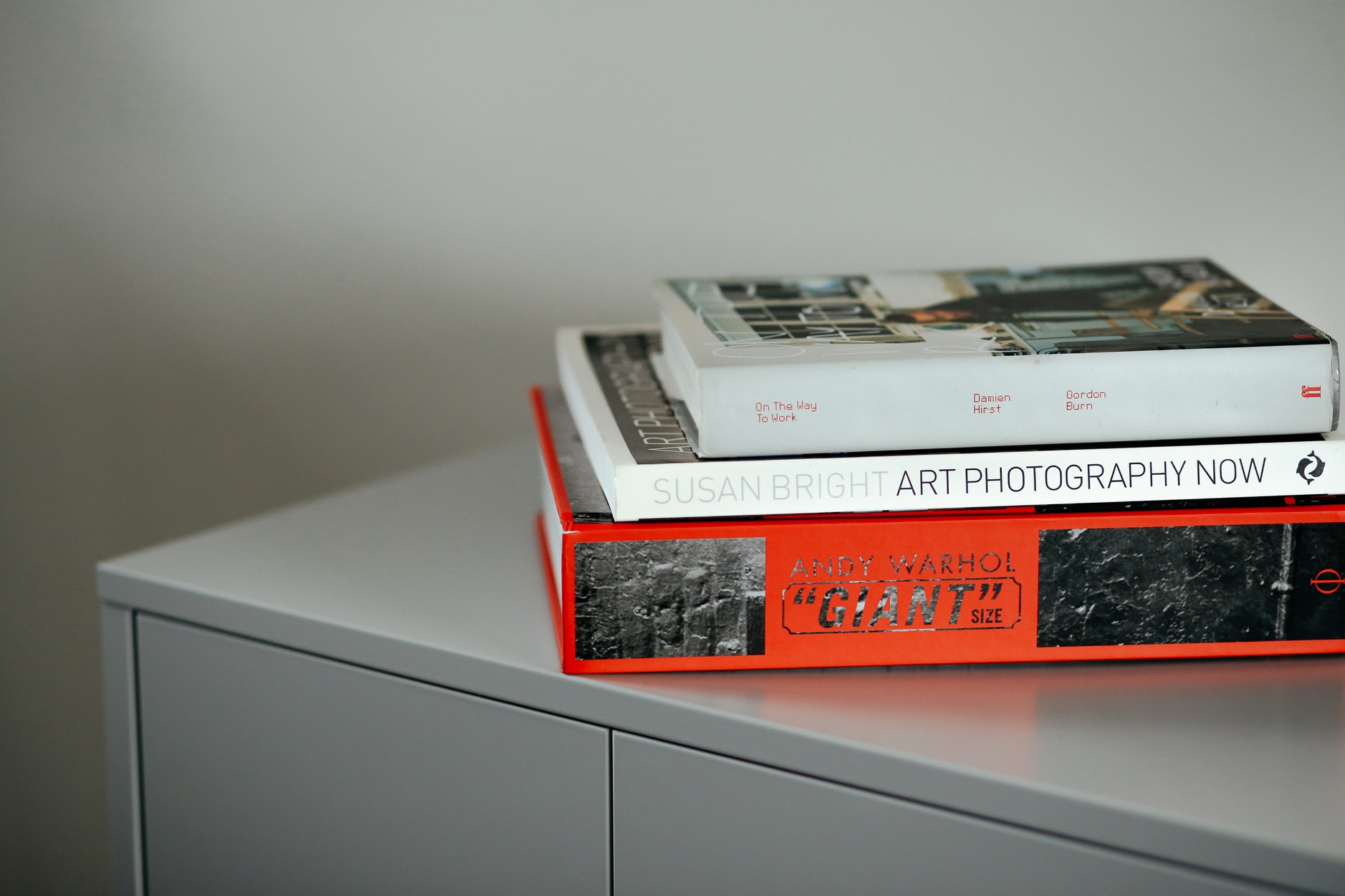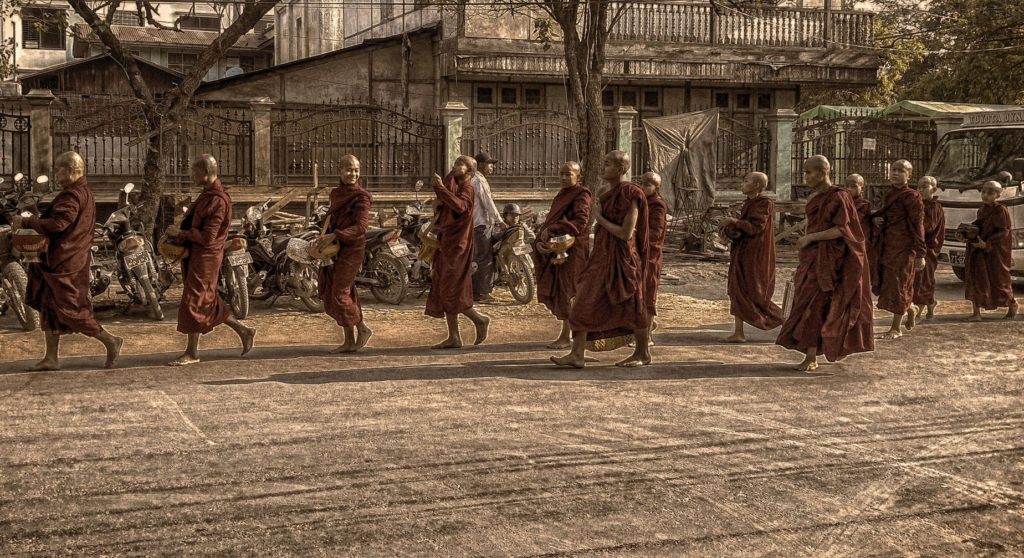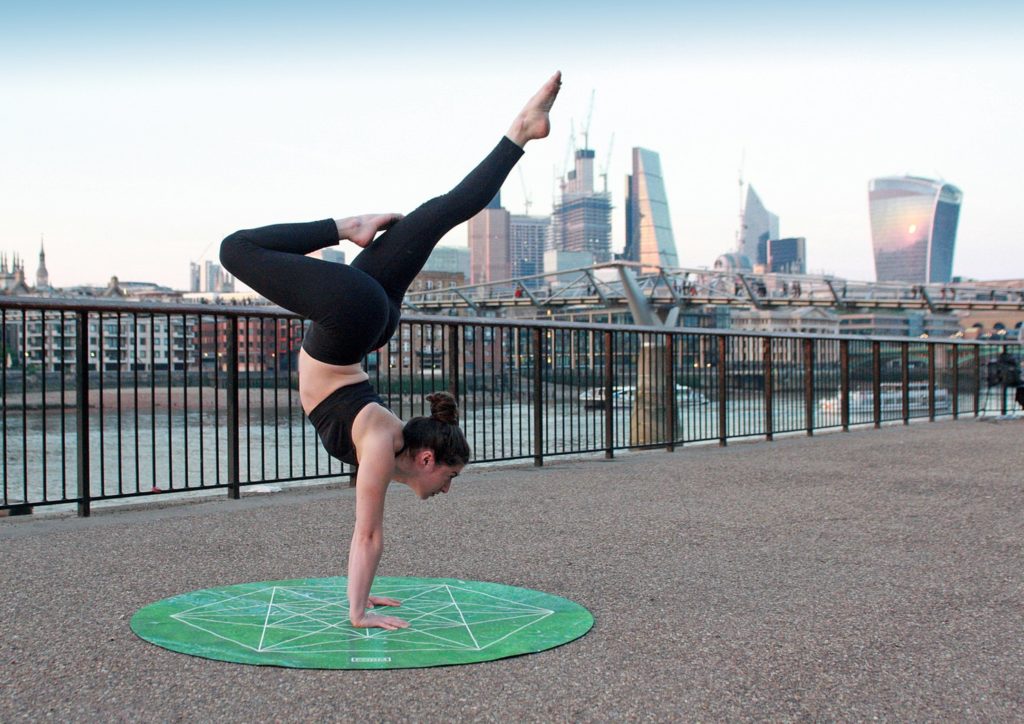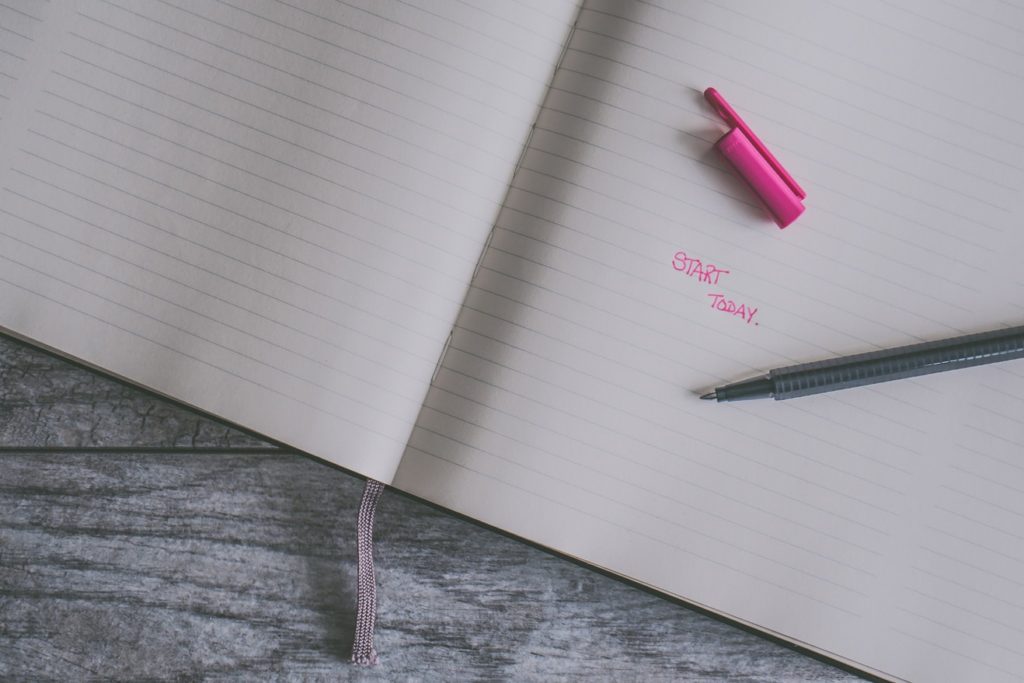Urbs in Horto
I moved away from our lovely city of gardens when I went to college. It was a big adjustment at first and I missed my city deeply, but it was one of growth as well. Because of that I feel like I lived up to our/your city’s motto fairly well. But it is always a little bit bittersweet when I visit and I have to return “home.” Which is really home?
I often encourage people to visit. For one, it is cheaper that some of the other big cities, and it has a lot to offer. A trip to
Starved Rock state park is about an hour and a half outside of the city, but feels very remote. Do you get that when you travel to NYC? If you enjoy hiking, Midwest hiking (there is a distinction), it is a nice experience. You will be treated to some lovely canyons and waterfalls there. And check out
Matthiessen State Park as well. It is smaller, it amounts to about a a mile long canyon, but it is a fun experience when walk through it.
One thing that I have begun to notice when I got back is that you will encounter many European tourists. They enjoy traveling the Old Route 66 from Chicago to Springfield, Illinois, making it sort of a day trip.

Some of the bigger towns along the way make a special effort to welcome them. There are several organizations that provide information.
But that is far from everything.
If you like history, you can go to the Cahokia Mounds in Colinsville and on the return trip stop in Springfield, IL to see some sites where President Lincoln lived.
Another fun trip is going to Galena, Il which has lots of history and great architecture. But be warned, the downtown has turned into pretty much of a tourist trap with all the “ye olde” stores there.
Outside of Chicago?
Something in Wisconsin might interest you. In fact it is where Chicagoans go to escape the concrete jungle. It’s a two day trip but it is where you go to see the great outdoors.
For example, if you are looking for a true hike, you will want to explore
Devil’s Lake State Park.
There are some pleasant trails there. and some awesome rock formations that are usually occupied by true climbers. Definitely worth a trip, and you can hike from 5 miles to 20 miles before heading back to the city in the same day. It’s about a 3 hour drive, and you could stop in Madison for the night (it’s the capital city of Wisconsin).
The area has plenty to offer.
 Some of the bigger towns along the way make a special effort to welcome them. There are several organizations that provide information.
But that is far from everything.
If you like history, you can go to the Cahokia Mounds in Colinsville and on the return trip stop in Springfield, IL to see some sites where President Lincoln lived.
Another fun trip is going to Galena, Il which has lots of history and great architecture. But be warned, the downtown has turned into pretty much of a tourist trap with all the “ye olde” stores there.
Some of the bigger towns along the way make a special effort to welcome them. There are several organizations that provide information.
But that is far from everything.
If you like history, you can go to the Cahokia Mounds in Colinsville and on the return trip stop in Springfield, IL to see some sites where President Lincoln lived.
Another fun trip is going to Galena, Il which has lots of history and great architecture. But be warned, the downtown has turned into pretty much of a tourist trap with all the “ye olde” stores there.
 I don’t need to live in a cabin in the woods like
I don’t need to live in a cabin in the woods like  Knowledge is free, all one needs to do is make the effort to read it. I read and write a lot, which brings me a lot of enjoyment – when I read, I both enjoy the book, and analyze it for “tips” on how to improve the way I write.
It can really eat up your time. <- Pun
I was eating dinner with some friends the other day, and we kind of agreed that everyone else in our lives just didn’t get why we were spending so much time on our hobbies. They will not stop asking us to do things with them because they knew we’d be busy with things we enjoy. Even when we spend time with each other on regular basis.
So is life. Learn, love, live!
Knowledge is free, all one needs to do is make the effort to read it. I read and write a lot, which brings me a lot of enjoyment – when I read, I both enjoy the book, and analyze it for “tips” on how to improve the way I write.
It can really eat up your time. <- Pun
I was eating dinner with some friends the other day, and we kind of agreed that everyone else in our lives just didn’t get why we were spending so much time on our hobbies. They will not stop asking us to do things with them because they knew we’d be busy with things we enjoy. Even when we spend time with each other on regular basis.
So is life. Learn, love, live!  My dad is a big MLB fan. He can tell you statistics until you go insane, but that is beside the point, not until he runs out. He never runs out.
The other day he shared Shohei Otani’s career plan with me. It is more like a life’s worth of aspiration. He found it on facebook or one of his usual hangouts. It was a snapshot of a TV screen with some notes. They read:
My dad is a big MLB fan. He can tell you statistics until you go insane, but that is beside the point, not until he runs out. He never runs out.
The other day he shared Shohei Otani’s career plan with me. It is more like a life’s worth of aspiration. He found it on facebook or one of his usual hangouts. It was a snapshot of a TV screen with some notes. They read:

 My boyfriend likes to collect comics. Sure it is seen as childish by some, who cares, it is his hobby. And it meant a lot to him to share that with me.
But like a little kid he is collecting the newest issues when they come out. He calls them floppies. When he finds some that he likes he will end up getting them as trade paper back.
I prefer hardcovers.
When I learned that they also came out in hardback collections I stopped collecting the TPBs. For one thing hardbacks look better on the shelf. They are also easier to read, and they’re more durable and long-lasting.
The down side? The wait is bad enough if you collect TPBs, but it’s even worse with hardcovers. Especially with Marvel. They often take way longer than they have to.
My boyfriend likes to collect comics. Sure it is seen as childish by some, who cares, it is his hobby. And it meant a lot to him to share that with me.
But like a little kid he is collecting the newest issues when they come out. He calls them floppies. When he finds some that he likes he will end up getting them as trade paper back.
I prefer hardcovers.
When I learned that they also came out in hardback collections I stopped collecting the TPBs. For one thing hardbacks look better on the shelf. They are also easier to read, and they’re more durable and long-lasting.
The down side? The wait is bad enough if you collect TPBs, but it’s even worse with hardcovers. Especially with Marvel. They often take way longer than they have to.
 Take the current Deadpool run, for example. The TPB of volume 4 (issues #20-25) was published June 2014. They could have printed the volume 2 oversized hardcover (with issues #13-25) at the exact same time. They delay the hardcover printing so that you’ll double dip. It’s a year later, and the volume 2 OHC is only just now getting published in a few weeks.
Another point is that I find them more collectible.
The more of something you have available, the less “in demand” it will become. While this may not b entirely true. Fewer copies of every isse are being printed. This has been going on since the late 90s in fact – there are also fewer copies of books printed – than just about any time since comic books became a thing. More comics are being sold however.
In general once an item is seen/deemed a collectors item by the general public and they are easily obtainable the collect-ability of the item for profit goes down. There are exceptions to the rule of course but mass production and the general public saturation most will not hold any value.
For the floppies that I do collect I bag, board, and put them in binder sheets. I place them in a 3 ring binder and stand them vertically.
Take the current Deadpool run, for example. The TPB of volume 4 (issues #20-25) was published June 2014. They could have printed the volume 2 oversized hardcover (with issues #13-25) at the exact same time. They delay the hardcover printing so that you’ll double dip. It’s a year later, and the volume 2 OHC is only just now getting published in a few weeks.
Another point is that I find them more collectible.
The more of something you have available, the less “in demand” it will become. While this may not b entirely true. Fewer copies of every isse are being printed. This has been going on since the late 90s in fact – there are also fewer copies of books printed – than just about any time since comic books became a thing. More comics are being sold however.
In general once an item is seen/deemed a collectors item by the general public and they are easily obtainable the collect-ability of the item for profit goes down. There are exceptions to the rule of course but mass production and the general public saturation most will not hold any value.
For the floppies that I do collect I bag, board, and put them in binder sheets. I place them in a 3 ring binder and stand them vertically.  What I think we need to consider is that the idea that guided meditations are untested Western inventions, and perhaps have little to do with a proper meditation practice.
Guided meditations are a recent invention.
They are a useful device, and certainly help maintain interest in meditation, but they are training wheels at best.
On the one hand, modern experimentation is great and to be encouraged – biofeedback, apps, online teachings and the like.
On the other, it’s important to be on the lookout for sham meditation – often via CDs and mp3s – being used to make money for people who have very little interest in our long term well being.
Meditate without any guide as soon as possible.
At some point you had to learn walking without someone holding your hand too.
What I think we need to consider is that the idea that guided meditations are untested Western inventions, and perhaps have little to do with a proper meditation practice.
Guided meditations are a recent invention.
They are a useful device, and certainly help maintain interest in meditation, but they are training wheels at best.
On the one hand, modern experimentation is great and to be encouraged – biofeedback, apps, online teachings and the like.
On the other, it’s important to be on the lookout for sham meditation – often via CDs and mp3s – being used to make money for people who have very little interest in our long term well being.
Meditate without any guide as soon as possible.
At some point you had to learn walking without someone holding your hand too.  Meditation in the West tends to come from the Buddhist, not Hindi traditions and as such has a much more focused spirituality.
When I started I was clumsily referring to ‘yoga’ as practiced in the west losing its spirituality there rather than meditation, and meditation in the context of traditional Hindu yoga practice being a part of yoga that the west largely ignores.
I don’t know Hinduism in any great detail, though even buddhism in the west has been popularly co-opted by materialist secularism as the mindfulness movement – not necessarily a bad thing, but I think we have a lot to discover that our skeptical, over-rational minds have long dismissed.
Some systems of Buddhism are more focused on logic and things that are more easily provable. That can make it easier to remove the spirituality from Buddhist meditation and turn it into generic “mindfulness”.
Yoga is the cessation of the mind fluctuations.
What people call yoga in the west isn’t even technically yoga. When we say we are going to do yoga, usually what we mean is that we are going to practice asanas. Exercise. Asanas is the physical conditioning aspect in the Yoga system.
Yoga is generally focused on methods, not ideologies.
That’s why hatha (“gym”) yoga works whether you understand it or not. The theories that yoga is based on have nothing to do with Western science, yet studies show that yoga is very effective.
From Patanjali’s sutras.
Meditation in the West tends to come from the Buddhist, not Hindi traditions and as such has a much more focused spirituality.
When I started I was clumsily referring to ‘yoga’ as practiced in the west losing its spirituality there rather than meditation, and meditation in the context of traditional Hindu yoga practice being a part of yoga that the west largely ignores.
I don’t know Hinduism in any great detail, though even buddhism in the west has been popularly co-opted by materialist secularism as the mindfulness movement – not necessarily a bad thing, but I think we have a lot to discover that our skeptical, over-rational minds have long dismissed.
Some systems of Buddhism are more focused on logic and things that are more easily provable. That can make it easier to remove the spirituality from Buddhist meditation and turn it into generic “mindfulness”.
Yoga is the cessation of the mind fluctuations.
What people call yoga in the west isn’t even technically yoga. When we say we are going to do yoga, usually what we mean is that we are going to practice asanas. Exercise. Asanas is the physical conditioning aspect in the Yoga system.
Yoga is generally focused on methods, not ideologies.
That’s why hatha (“gym”) yoga works whether you understand it or not. The theories that yoga is based on have nothing to do with Western science, yet studies show that yoga is very effective.
From Patanjali’s sutras.
 This is the de facto definition of yoga but of course it’s up to interpretation because a sutra is a thread of a thought designed to be passed down in an oral tradition.
Yoga meditation tends to have less accessible spirituality for many westerners because it focuses more on esoteric methods such as pranayama and chakras to generate spiritual experiences.
The experiences generated are then their own “proof”.
By the technical definition of yoga, yoga is meditation. Yoga is union. It’s goal is to bring about union/harmony in the mind, in a literal sense, typically referring to the skill/cohesiveness of ones concentration.
Hinduism is what the British empire labeled the myriad of spiritual practices they found in India.
I have heard there are millions of god’s and goddesses in India because originally you could create a god from anything you chose to worship. People miss the point that everything contains the ultimate source.
It’s the Western world that needs to label the world around them. There is a lot of spirituality found in India but you won’t find a central definition or establishment like other religions of the world. What is more apt to call Hinduism is Sanatana Dharma which is Sanskrit for Eternal Natural Way. It’s not a label is a vague definition because there isn’t one right or wrong way to reach an enlightened state.
Ancient Hinduism originally known as Sanatana Dharma is the oldest religion on Earth.
This is the de facto definition of yoga but of course it’s up to interpretation because a sutra is a thread of a thought designed to be passed down in an oral tradition.
Yoga meditation tends to have less accessible spirituality for many westerners because it focuses more on esoteric methods such as pranayama and chakras to generate spiritual experiences.
The experiences generated are then their own “proof”.
By the technical definition of yoga, yoga is meditation. Yoga is union. It’s goal is to bring about union/harmony in the mind, in a literal sense, typically referring to the skill/cohesiveness of ones concentration.
Hinduism is what the British empire labeled the myriad of spiritual practices they found in India.
I have heard there are millions of god’s and goddesses in India because originally you could create a god from anything you chose to worship. People miss the point that everything contains the ultimate source.
It’s the Western world that needs to label the world around them. There is a lot of spirituality found in India but you won’t find a central definition or establishment like other religions of the world. What is more apt to call Hinduism is Sanatana Dharma which is Sanskrit for Eternal Natural Way. It’s not a label is a vague definition because there isn’t one right or wrong way to reach an enlightened state.
Ancient Hinduism originally known as Sanatana Dharma is the oldest religion on Earth.  I didn’t realize how much a desk job would take out of me. My dad worked his whole life in construction. When I say whole life I mean it. His father owned a company and so he was right there in the thick of it from a young age on.
He had aches and pains. And yet it never occurred to me that I would also ache after work. My legs feel a little fatigued sometimes right after sitting. I’ve gotten into the habit of doing a few poses of yoga to help aide in getting the blood flowing going when this happens.
But the same can happen if I meditate, too long.
It was because for a long time I wasn’t really practicing meditation or yoga. What we westerners call yoga is mere the 3rd step out of the 8 steps in classical yoga — asana or posture.
Asanas (physical postures) traditionally is to make the body healthy and stable for meditation, wherein the yogi would have the experiences of the higher states of consciousness and eventually become enlightened.
Even though westerners don’t actually believe in enlightenment, they found that the yoga poses – based on the yoga system of body energy – gives excellent results in terms of creating peace and health in the human body.
For excample, studies have proven that yoga is more beneficial in reducing anxiety than other forms of exercise.
The term yoga has meant union or yoking the individual consciousness with the experience of the entire universe. A yogi was one who had accomplished this union or at the very least was aspiring to it and using a systematic method of accomplishing his aim. A yogi named
I didn’t realize how much a desk job would take out of me. My dad worked his whole life in construction. When I say whole life I mean it. His father owned a company and so he was right there in the thick of it from a young age on.
He had aches and pains. And yet it never occurred to me that I would also ache after work. My legs feel a little fatigued sometimes right after sitting. I’ve gotten into the habit of doing a few poses of yoga to help aide in getting the blood flowing going when this happens.
But the same can happen if I meditate, too long.
It was because for a long time I wasn’t really practicing meditation or yoga. What we westerners call yoga is mere the 3rd step out of the 8 steps in classical yoga — asana or posture.
Asanas (physical postures) traditionally is to make the body healthy and stable for meditation, wherein the yogi would have the experiences of the higher states of consciousness and eventually become enlightened.
Even though westerners don’t actually believe in enlightenment, they found that the yoga poses – based on the yoga system of body energy – gives excellent results in terms of creating peace and health in the human body.
For excample, studies have proven that yoga is more beneficial in reducing anxiety than other forms of exercise.
The term yoga has meant union or yoking the individual consciousness with the experience of the entire universe. A yogi was one who had accomplished this union or at the very least was aspiring to it and using a systematic method of accomplishing his aim. A yogi named  I understand. Really I do. I know that it is tough to get moving first thing in the morning, especially for people who aren’t “morning people“. I was there. Morning people? That is a myth. It should be people with good habits. And you can be that person, too. It’s not impossible, though it might be hard at first. To make it easier do something you love first thing in the morning. Reward yourself. Seriously, you will learn to enjoy your mornings more, especially if you have demands on your other free time. All you need is the willpower to actually get out of bed.
If it is an honest aspiration that keep going. It feels great reaching your goals!
I understand. Really I do. I know that it is tough to get moving first thing in the morning, especially for people who aren’t “morning people“. I was there. Morning people? That is a myth. It should be people with good habits. And you can be that person, too. It’s not impossible, though it might be hard at first. To make it easier do something you love first thing in the morning. Reward yourself. Seriously, you will learn to enjoy your mornings more, especially if you have demands on your other free time. All you need is the willpower to actually get out of bed.
If it is an honest aspiration that keep going. It feels great reaching your goals!  When I was working on getting into a better routine I read that it takes two full weeks for us to reset our sleep schedule. Then you need to work another week, so 21 days, before it becomes an actual habit. Otherwise you can easily drop it again.
My caffeine rule is not negotiable. For me I react really pretty sensitively to caffeine. But I guess it depends on the person. If you can sleep fine with a cup of tea or coffee in the afternoon it probably isn’t a big deal.
Also I skip screen time. Artificial blue light stimulates you as if it was a bright day and slows down melatonin secretion. For me this is worse than caffeine!
When I was working on getting into a better routine I read that it takes two full weeks for us to reset our sleep schedule. Then you need to work another week, so 21 days, before it becomes an actual habit. Otherwise you can easily drop it again.
My caffeine rule is not negotiable. For me I react really pretty sensitively to caffeine. But I guess it depends on the person. If you can sleep fine with a cup of tea or coffee in the afternoon it probably isn’t a big deal.
Also I skip screen time. Artificial blue light stimulates you as if it was a bright day and slows down melatonin secretion. For me this is worse than caffeine!